Psychiatric Hospital Office with Bed and Window View

Image Prompt
Prompt
An open door to an office in a psychiatric hospital, at the end of the office there is a bed and a window with a view from the doors to the bed.
Model: realistic
Ratio: 1:1
Related AI Images
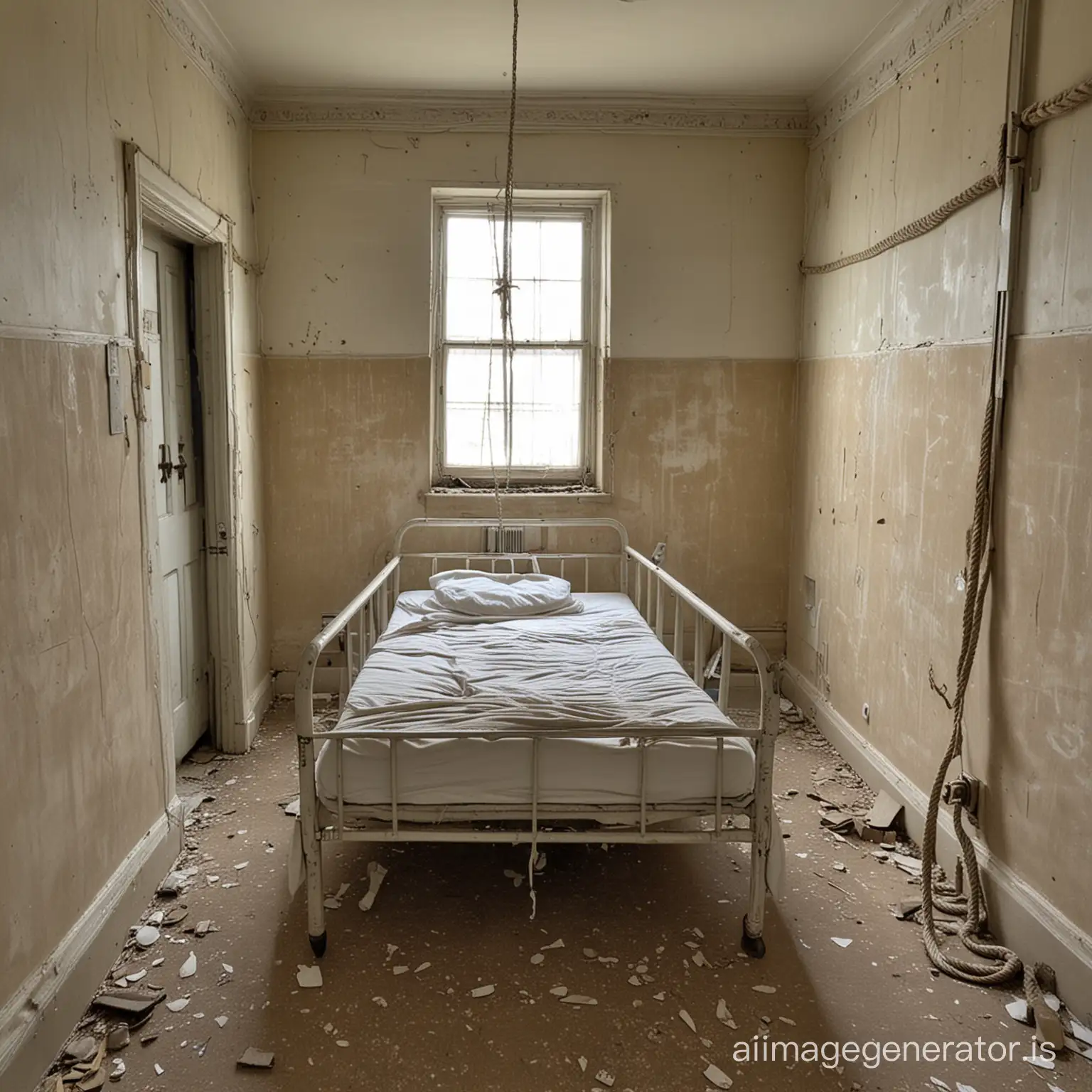
R
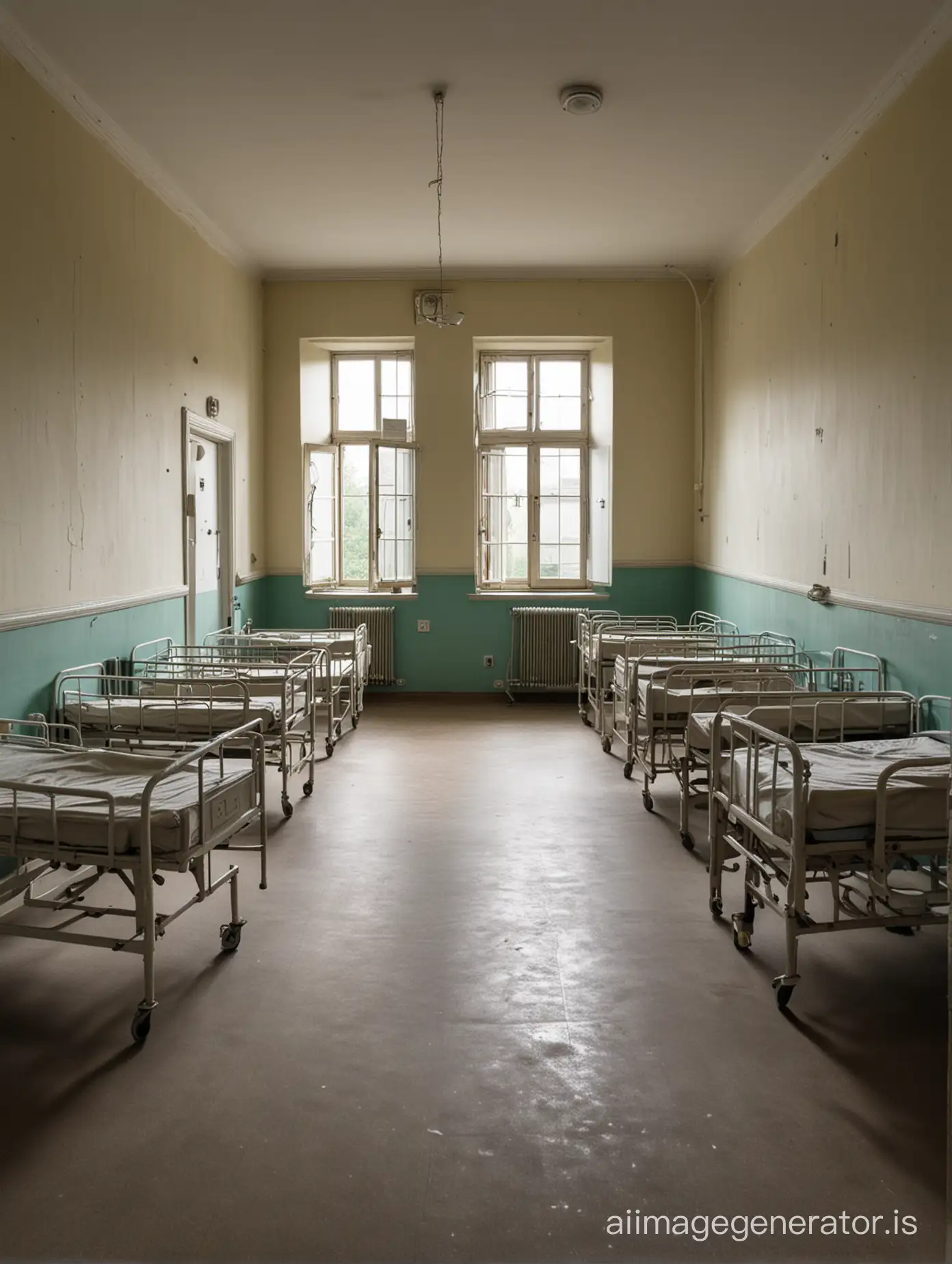
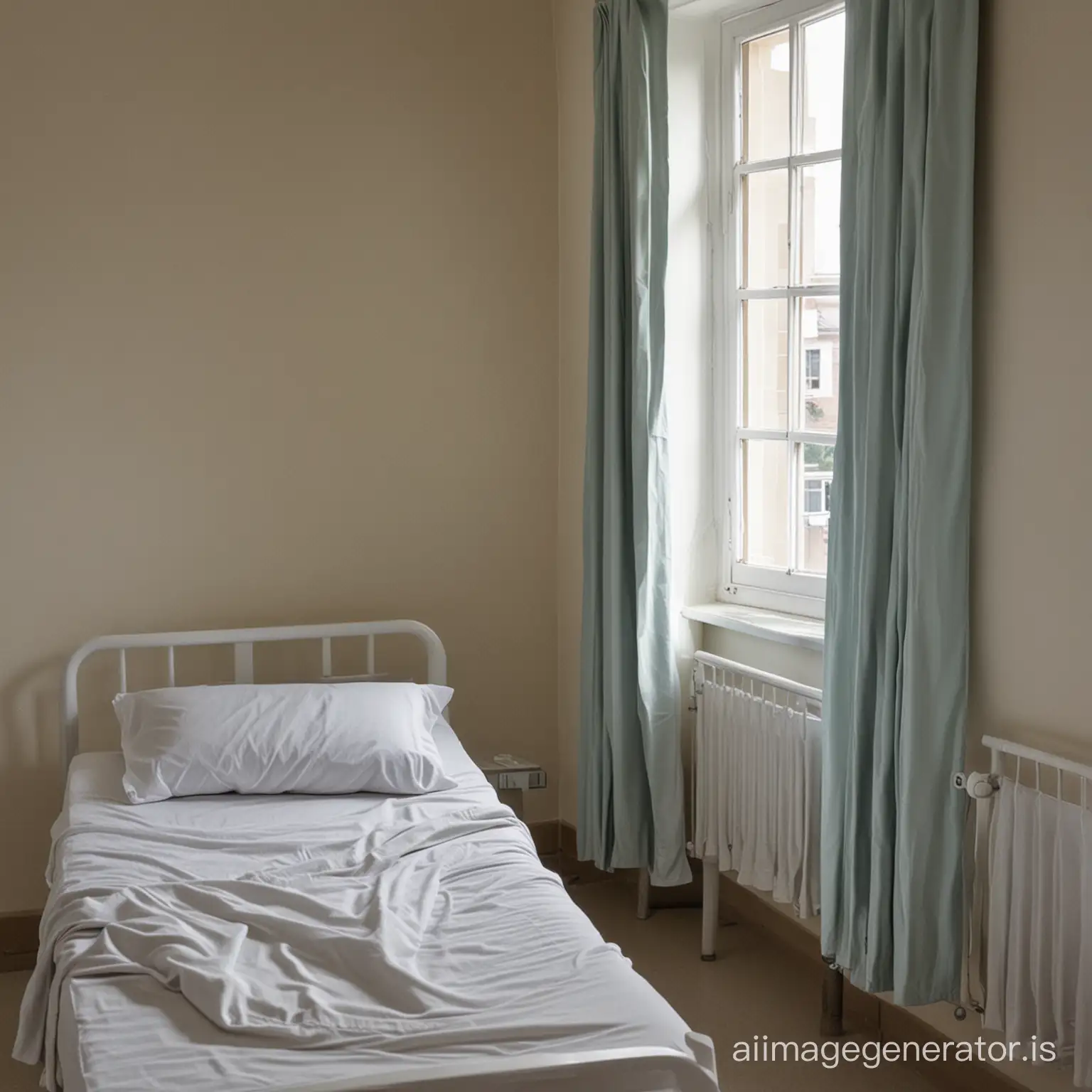
R
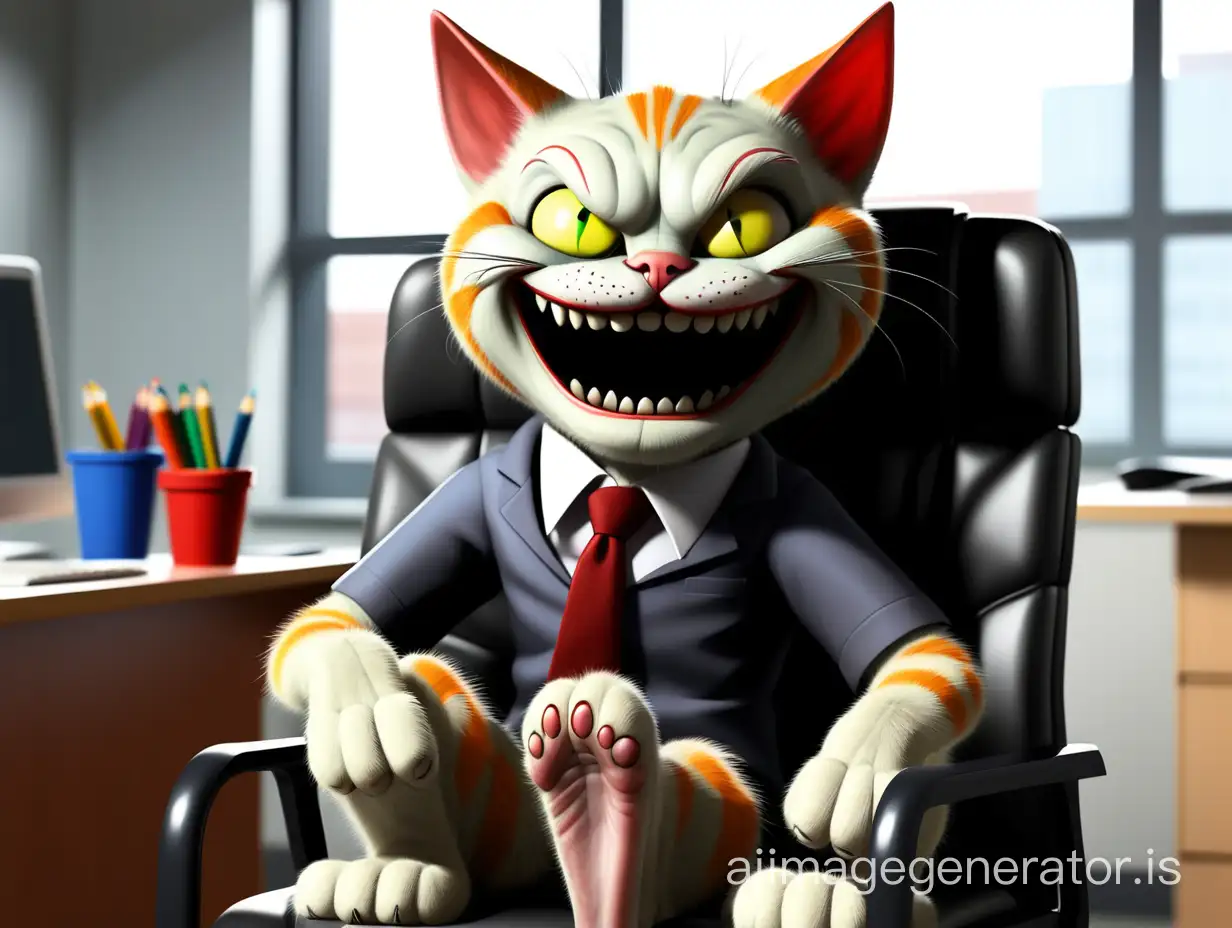



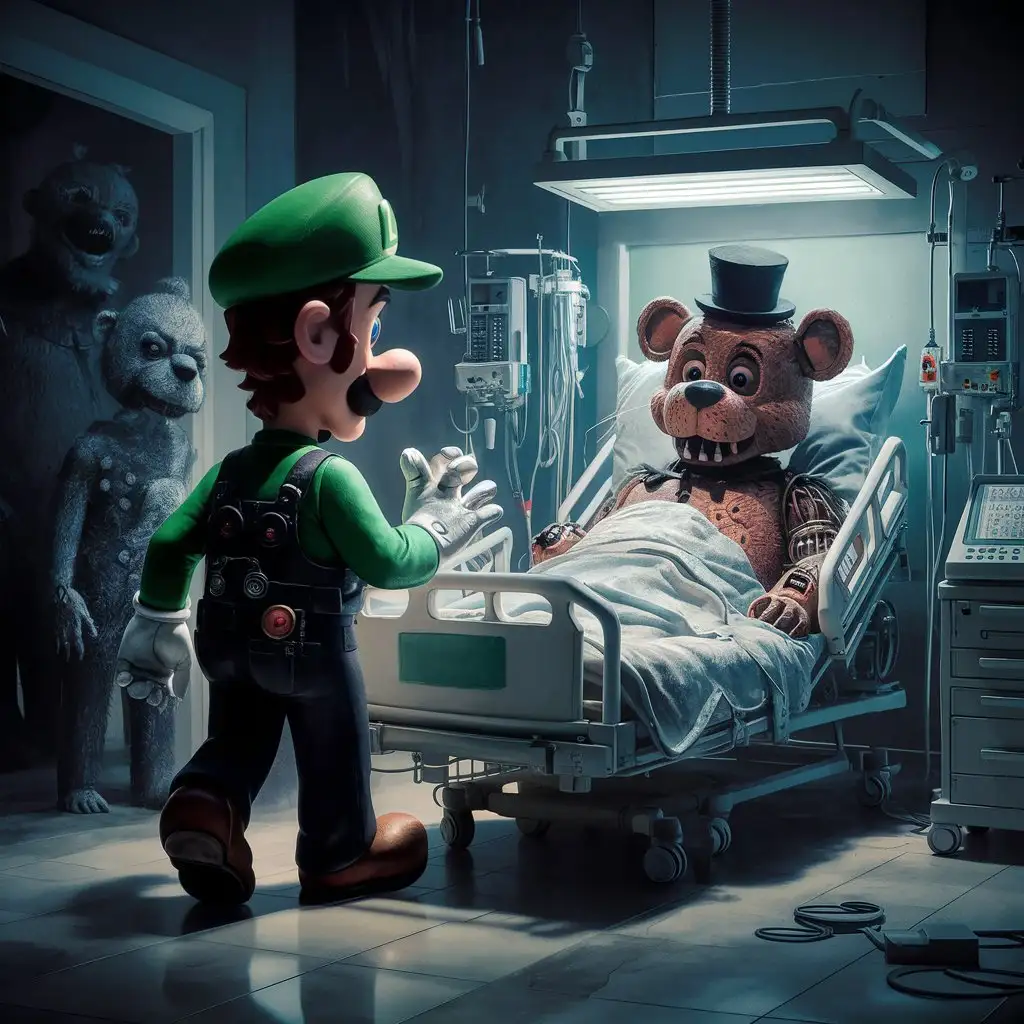
Related Tags
Prompt Analyze
- Subject: The main subject of the image is an open door leading to an office in a psychiatric hospital. This sets the tone and context for the scene, suggesting a focus on mental health care or treatment. Background: The background features the interior of the office, with a bed visible at the end. The presence of the bed adds to the institutional setting, implying that the space may serve multiple functions, including patient care or evaluation. Setting: The setting is crucial, as it establishes the environment as a psychiatric hospital. The choice of a window with a view from the door to the bed adds depth and perspective to the image, offering glimpses into the space beyond the immediate room. Style/Coloring: The style may lean towards a realistic depiction to convey the seriousness of the setting, with muted or neutral colors to evoke a sense of calm or professionalism. Alternatively, a slightly surreal or abstract style could be employed to hint at the complex emotions and experiences often associated with mental health. Action: While there may not be explicit action in the scene, the implied action is the interaction between patients, caregivers, and the environment itself, suggesting themes of support, treatment, and healing. Items: Apart from the door, bed, and window, other items such as chairs, tables, medical equipment, or artwork on the walls could be included to enhance the sense of realism and detail. Costume/Appearance: The appearance of any individuals present in the scene, whether patients or staff, should reflect the setting. They might be dressed in hospital gowns or uniforms, conveying a sense of professionalism and authority. Accessories: Accessories such as medical charts, therapy tools, or personal items belonging to patients could be strategically placed to add layers of narrative and detail to the image.